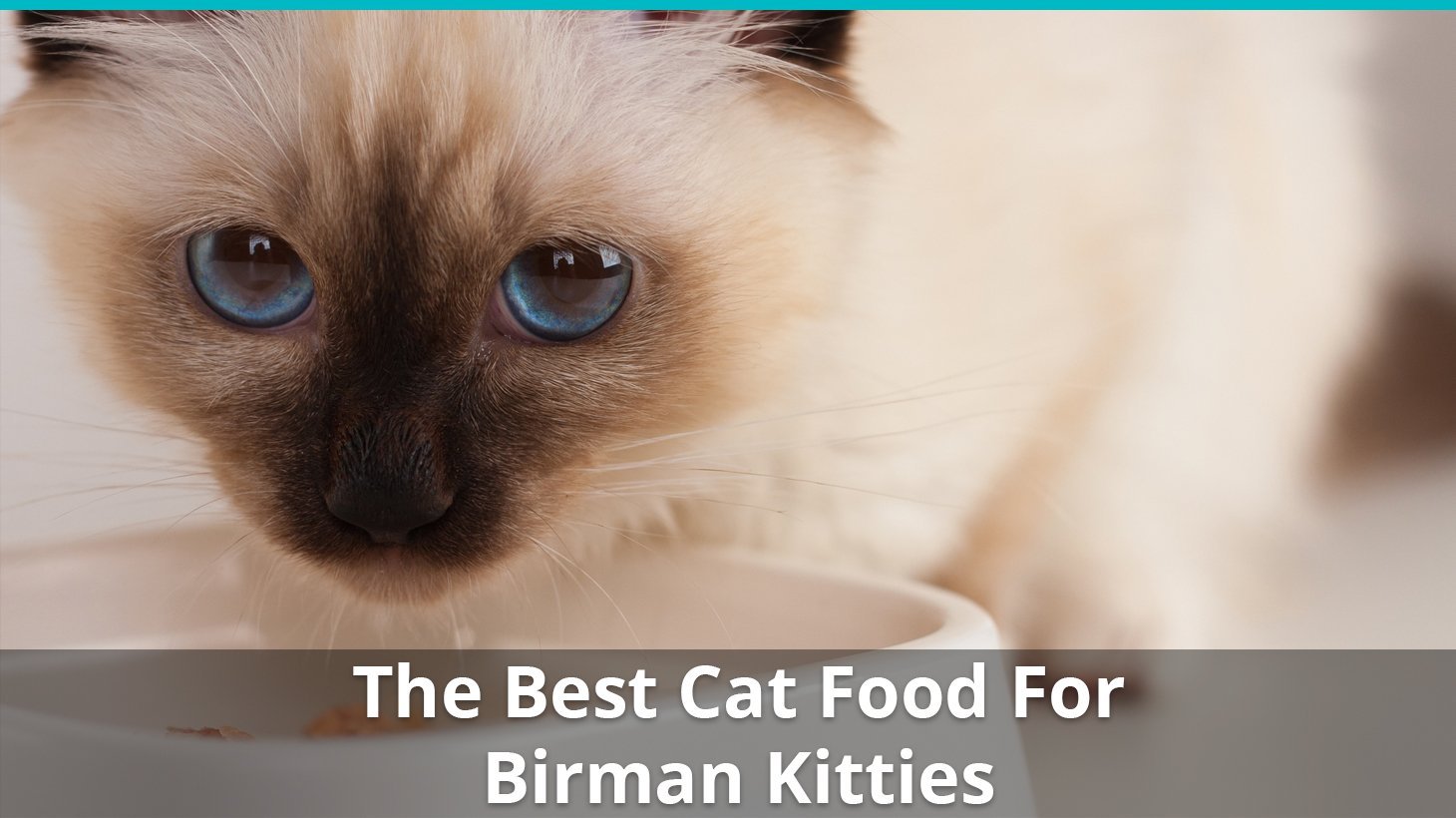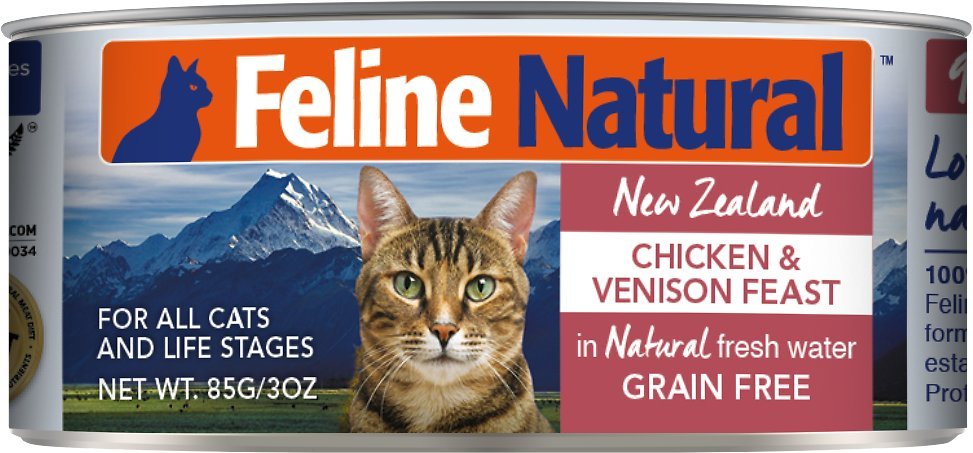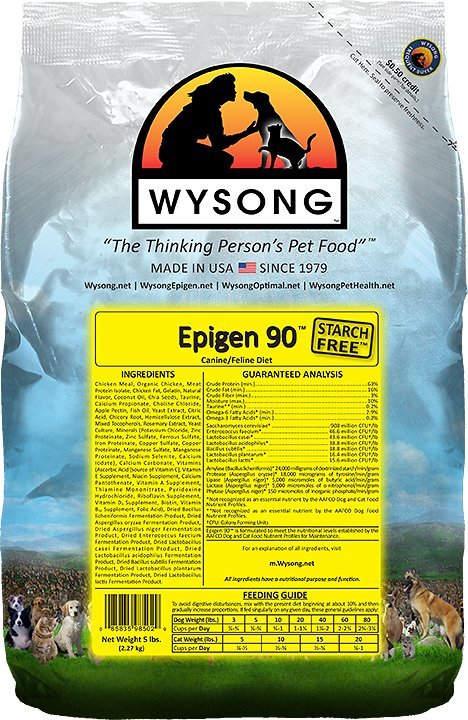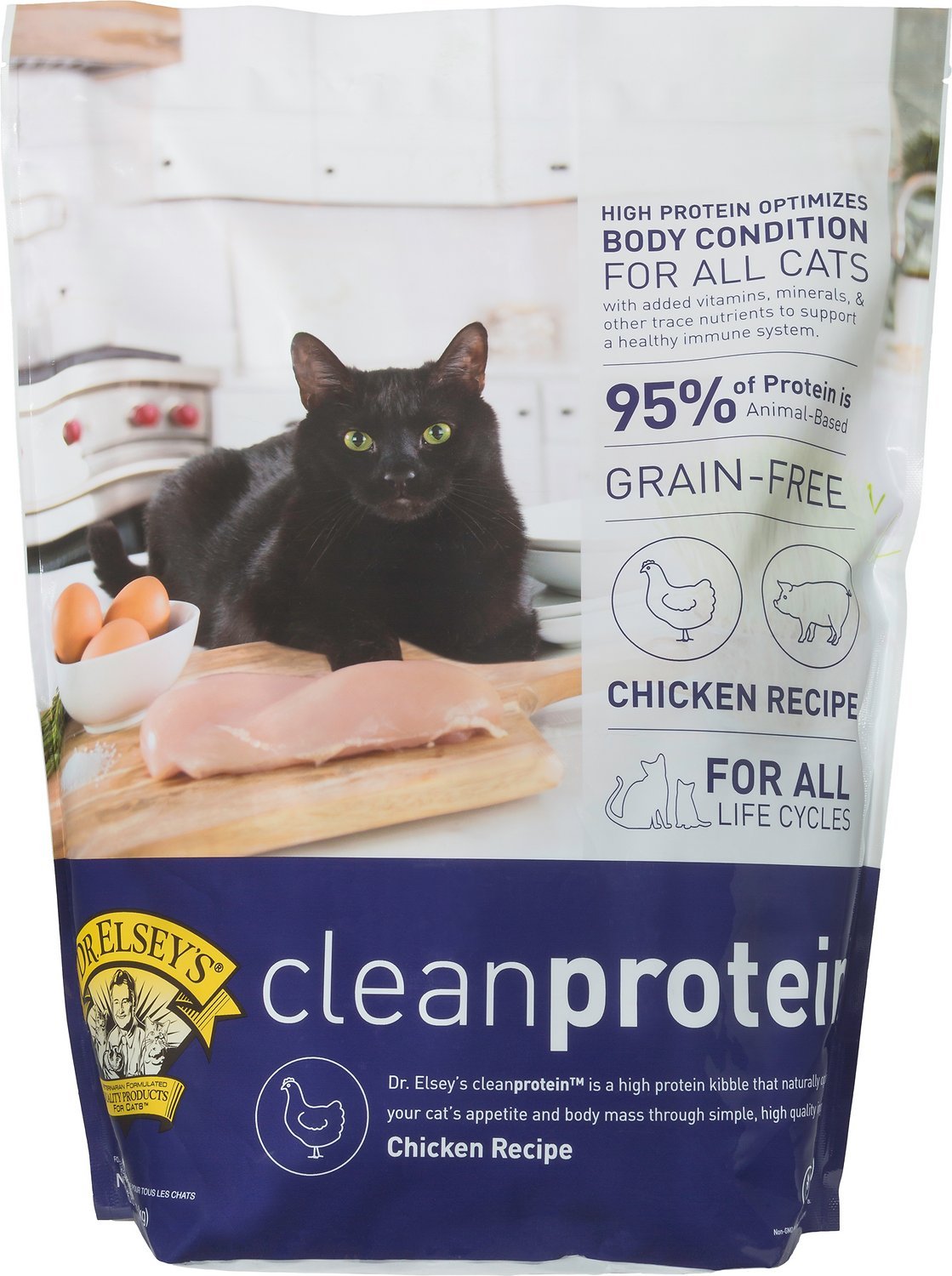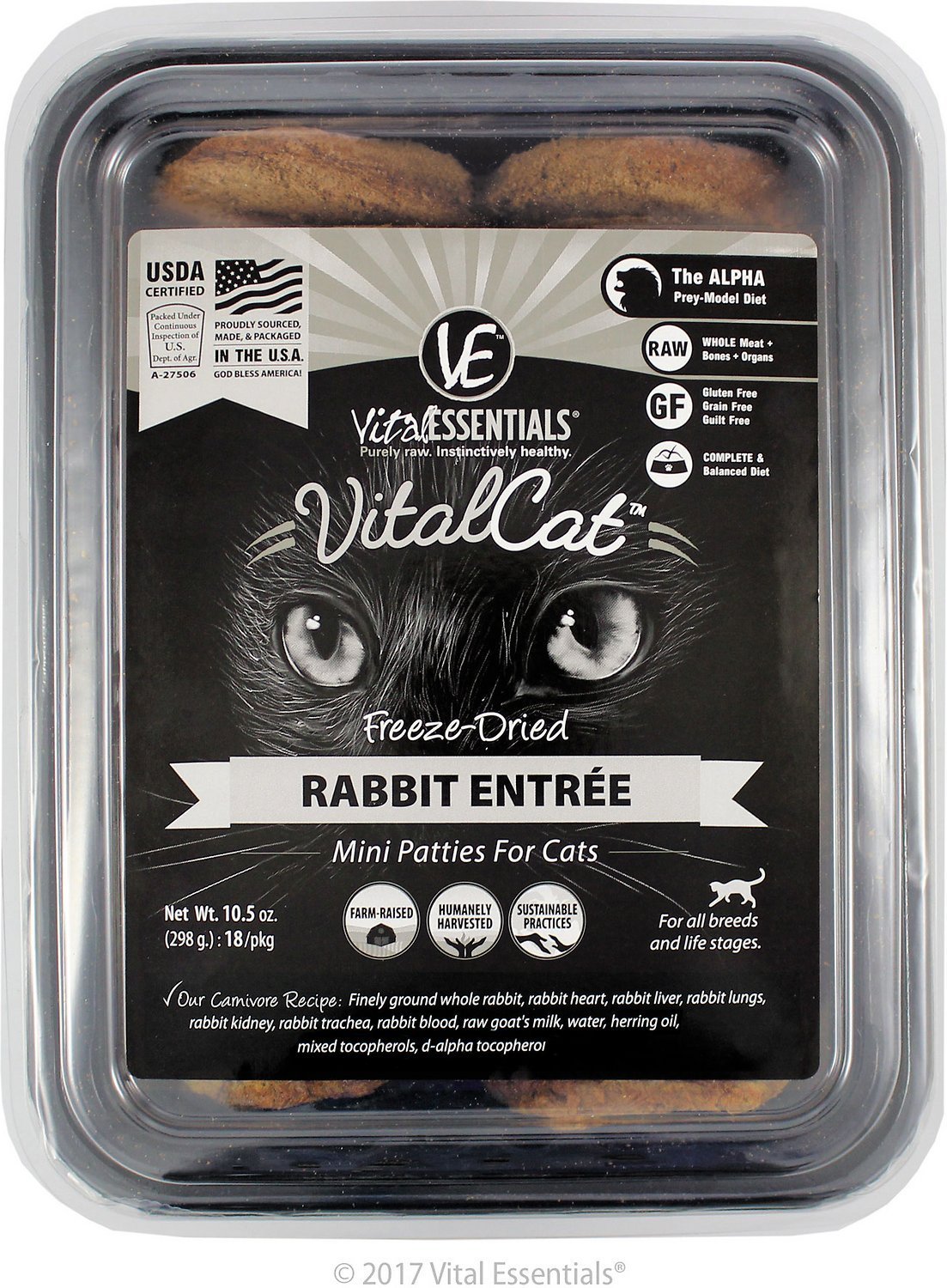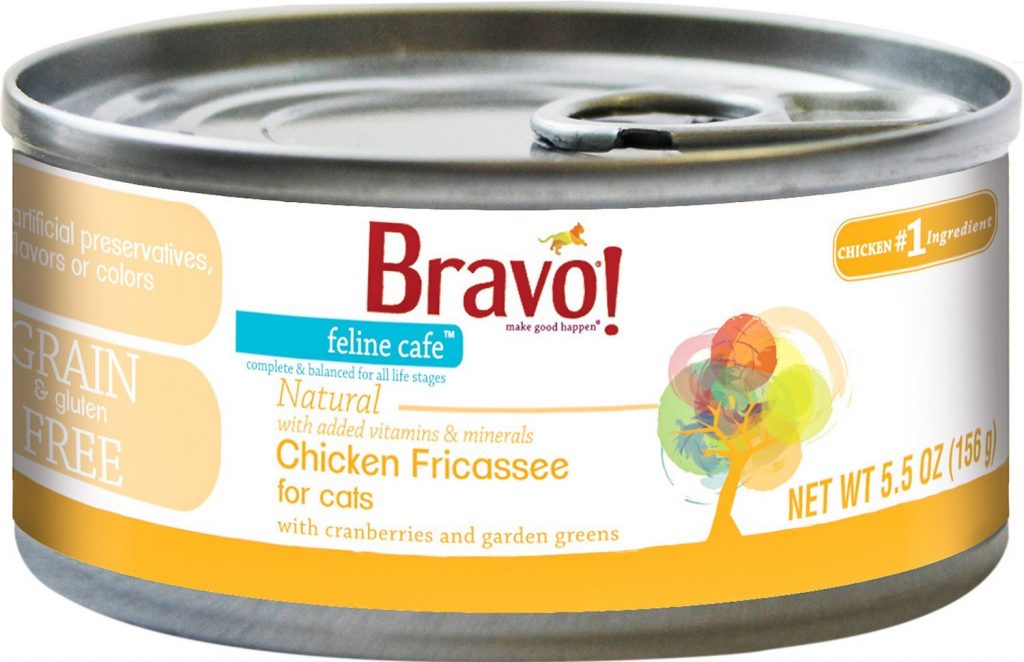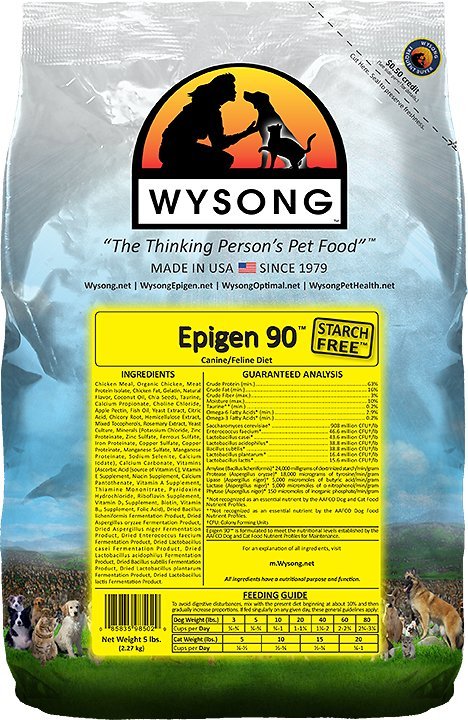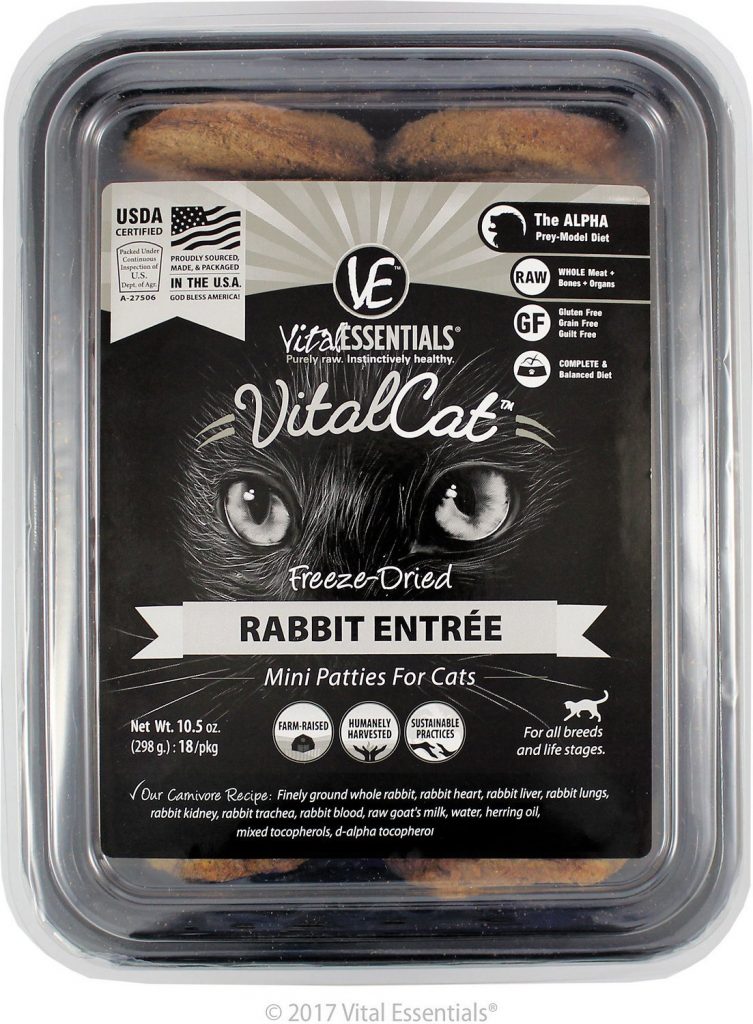If you are a Birman Cat owner, you are a lucky pet parent indeed.
This long haired beauty has been delighting people around the world for hundreds of years with its exotic looks and pristine personality.
This is a delicate breed that necessitates the best cat food for BIrman cats in order to stay healthy and thrive.
Of course to keep any cat happy and healthy, you should be feeding it a biologically appropriate diet.
That means it must be:
- High in protein
- Low in carbohydrates
- Moderate in fats
It should also be:
- Full of real, named meat ingredients, including organs
- Absent of fillers like corn, wheat, and starches
- Full of vitamins and nutrients, or whole food versions that contain them
Here’s Why We’re Qualified To Talk To You About This…
We put together a massive internal database (which we’ll be releasing to the public soon), of over 2000 cat foods.
We collected data from calories to macronutrients to ingredients to how they compare to the average.
We then used both formulas and a bit of common sense to score each food out of 5.
We looked at studies to find out what cats should really eat.
Basically, we have dedicated hundreds of hours, now, to cat food research, and have the data to back it up!
We’ll be drawing on the data we collected to recommend some of the best foods below.
Our review process is unbiased and based on extensive research. If you buy through the links on our site, we may earn a commission.
Do Birmans Need Specific Food?
Not really
There are cat foods that have the kibble is shaped in such a way that these flat faced felines can pick up and chew the food easier than normal kibble.
However, these “specialty” foods are typically full of horrible ingredients like corn and “meat by-products”, which are absolutely not appropriate for your cat’s nutritional needs.
Sure, she may be able to grab the kibble easier, but that just means it’s easier for her to get sick with a bad food.
If your Birman kitty has a hard time with kibble, then we recommend either trying her out on one of our two top choices below, OR, if she still can’t get enough to eat, or has problems chewing, just go straight to a wet-only diet.
Canned food has more moisture, which cats have a hard time getting if they eat dry food (they don’t usually drink enough water). It may also be easier to eat than a hard kibble for kitties with shorter jaws like Birmans.
But, when it comes to “breed specific” food, that’s as far as we’re willing to go.
Here’s where we may challenge what you’ve been told to believe…(sorry!)…
Different breeds of cats are really only different in terms of their looks, not their physiology or digestion.
Just like humans can have different hair colors, skin colors, eye colors, body sizes, or body shapes, yet still remain human and have the same nutritional needs, cats can look a bit different, yet be pretty much the same “under the hood”.
That means that your precious Birmans isn’t that much different than a giant Maine Coon, or a sly Siamese.
They all require the same, basic, non-complicated nutrient profile.
What Do Cats Eat In The Wild?
It’s important to learn what cats eat in the wild because…
Domestic cats are descendants of wild cats, and they are not very different biologically.
There just hasn’t been enough time or environmental pressure for them to evolve significantly.
Therefore, what a cat chooses to eat in the wild, should be pretty close to perfect, since eating the right food is about the most important, primary drive for any animal.
Luckily, research has been done on this.
To start, let’s look at domestic cats.
In one study, when given the option between a number of commercial pet foods, cats tended to eat the foods that gave them the following macronutrient breakdown (dry matter basis):
- 52% protein
- 36% fat
- 12% carbohydrate
That’s pretty different than most pet foods…especially the brands who claim they make “breed-specific” foods.
Ok, now let’s look at the data from a compilation of studies on wild cats.
These studies all looked at feral or stray cat populations. They covered multiple continents and a variety of environments (near the sea, rural, urban, etc.).
Here’s the macronutrient breakdown, on average, of what cats eat in the wild (dry matter basis):
- 63% protein
- 23% fat
- 3% carbs
Wow!
So much different than most commercial pet foods.
What you should be looking for, then, is a high protein, moderate fat, low carbohydrate food.
That food should get most or all of it’s protein from named meat sources (i.e., chicken, not “meat by-products”).
After all, the foods cats were eating in the wild were almost exclusively animals. Rats, mice, rabbits, birds…
It should have minimal fillers (things like corn, rice, wheat, etc.).
OK, So Now What?
Alright, so we could have just picked some random foods and told you they were “perfectly designed” for your special kitty.
Buuut, that would be totally wrong.
It’s up to you whether you believe us and the data, or whether you believe the big companies who tell you that “breed specific” foods should be full of corn, by-products, and other junk.
If you’re ready to leave the marketing mumbo jumbo behind, read on below to find out our top recommended wet, dry, and freeze-dried food options for your special kitty!
Ratings Of The Best Cat Food For Birmans
Best Wet Food
Feline Natural
- Very limited ingredient
- Near-perfect macronutrients
- Green lipped mussel for joint health
Best Dry Food
Dr. Elsey’s cleanprotein
- Uses chicken and high-protein meat concentrates
- No added carbs
- Near-perfect macronutrient profile
Best Freeze-Dried
Vital Essentials Mini Patties
- High-quality meat ingredients, including organ meat
- Very close to a natural, wild diet
- Absolutely no fillers
One of the best canned foods you can choose, Feline Natural puts together a recipe full of various cuts of chicken and venison, including organs, which are super healthy for your cat.
It also includes New Zealand Green Lipped Mussels, a very unique cat food ingredient. This is a great addition because it is:
- another animal-based ingredient
- great for joint-health
- made from free-range, grass-fed chicken
There are really no artificial ingredients, additives, preservatives, or gelling agents.
The only drawback is it is a bit pricey.
One of the best canned foods you can choose, Bravo! puts together a recipe full of various cuts of chicken, including organs, which are super healthy for your cat.
There are almost no carbs added.
The minerals are chelated so they’re easier to absorb in your kitty’s belly.
There are really no controversial ingredients at all, which is rare.
This is a very high quality option that is biologically appropriate.
While we recommend feeding wet food most of the time, since cats require a lot of moisture, but don’t have a strong thirst drive, this is the best of the dry foods out there.
Add a bit of water to it before feeding to make it even more appropriate to your cat’s needs.
Otherwise, it’s a show stopper.
Whereas most kibbles fail to break 40 or 50% protein, this one puts them all to shame with 70%.
It also has no carbs, and even uses gelatin as a binding agent, instead of a plant based or synthetic option, which is more popular.
The “meat protein isolate” sounds like a big no-no, since it’s an unnamed meat, but Wysong says it’s 100% pork isolate, and they’ve only labeled that because they interpret labeling laws in such a way that makes that the correct way to put it on the label.
Definitely one of the best choices if you feed dry.
We were surprised to see a real challenger to our #1 Wysong pick, but Dr. Elsey’s has delivered.
With chicken and pork protein isolate, they pack a huge amount of animal protein in right at the start.
Egg is a very bioavailable protein, full of amino acids and very digestible.
Again with no carbs, we see a very biologically appropriate macronutrient profile, close to what kitty would eat in the wild, as discussed above.
It has a lot of added vitamins and nutrients, but no digestive enzymes or probiotics, like our #1 pick.
It’s a fantastic option if your cat doesn’t like the taste of the Wysong brand for some reason, or if the shape of it isn’t right.
We believe that freeze-dried food has the potential to be the closest to a wild diet for your kitty.
The way the process is done locks in nutrients and flavors.
When you add water to “re-animate” it, you fulfill the moisture requirements, making it just about perfect.
This starts off with whole ground rabbit. That’s basically what your cat would eat in the wild.
It just so happens to be whole ground, for easier digestibility and eating.
It’s also full of additional organ meat.
The carbohydrate content seems to come from the raw goat’s milk (which is actually quite good for cats, since it’s unpasteurized and contains the enzyme that helps them break down lactose), so there are no added plants here.
Overall, this is highly appropriate for a feline.
And remember, the cost per pound goes down significantly when you add water to it. Your cat isn’t going through the package in a couple of bites, since it will expand and go further when rehydrated. Therefore the higher apparent cost per pound is a bit of a false signal.
About as close as you can get to a proper wild diet from a commercial pet food!
Birman Cat Info and Health Issues
Birmans bear a great resemblance to the striking elegance and fluffiness of the popular Persian breed and they are the perfect match for you if you adore cats with longer fur.
They can be just as whimsical as any other cat breed, but their playful and curious nature combined with their majestic looks will definitely make you a proud Birman owner.
Their fur is semi-long and it doesn’t require as much grooming as you’d think, because the lack of an undercoat allows them to be less prone to fur matting and shedding.
Their piercing blue eyes and their silky fur are the main reason cat lovers prefer the Birman next to other breeds.
Their signature paw patterns, which resemble tiny gloves, are an impressive trademark in any pedigree Birman.
These cats come in variety of colors, including gray, reddish, seal, blue-ish, chocolate and creamy. The newborn kittens are white and they develop their first color points in the first couple of weeks.
This breed is considered as a primarily healthy breed, but your Birman kitten isn’t invincible.
One of the greatest health risks is hypertrophic cardiomyopathy (HCM).
It’s a disease that affects the cardiac muscle and can lead to partial paralysis or even heart failure. While HCM is actually amongst the most common diseases in felines, Birmans are more prone to developing it compared to any other breed.
That’s why it’s essential for you to choose only the best possible foods out there and to make sure that your feline friend will eat as much meat as possible.
A Bit More Reading..
We found these sources an interesting “gateway”, if you will, to the world of breed specific cat food and just how silly it is.
- Netflix’s “Pet Fooled” Reveals The 10 Big Secrets The Pet Food Industry Is Trying To Hide – IHeartDogs.com
- Breed Specific Nutrition? – TruthAboutPetFood.com
- Cats and Carbohydrates: The Carnivore Fantasy? – https://www.ncbi.nlm.nih.gov/pmc/articles/PMC5753635/
- Estimation of the dietary nutrient profile of free-roaming feral cats: possible implications for nutrition of domestic cats. – https://www.ncbi.nlm.nih.gov/pubmed/22005434 (full text downloaded as file name 2011_82.pdf)

